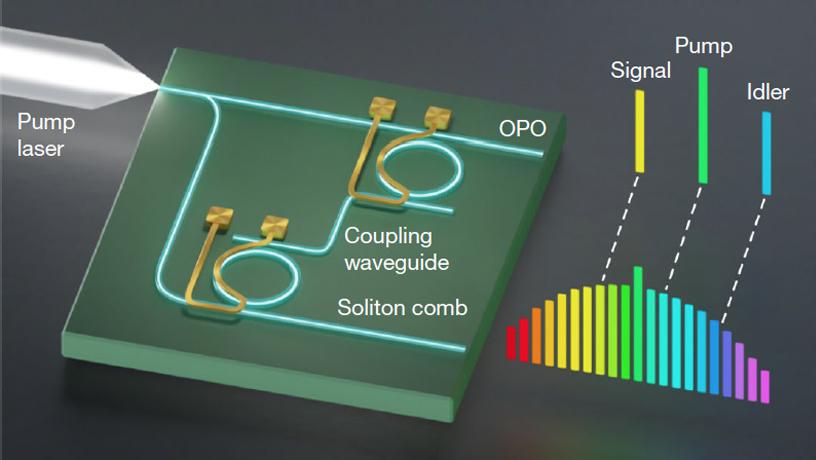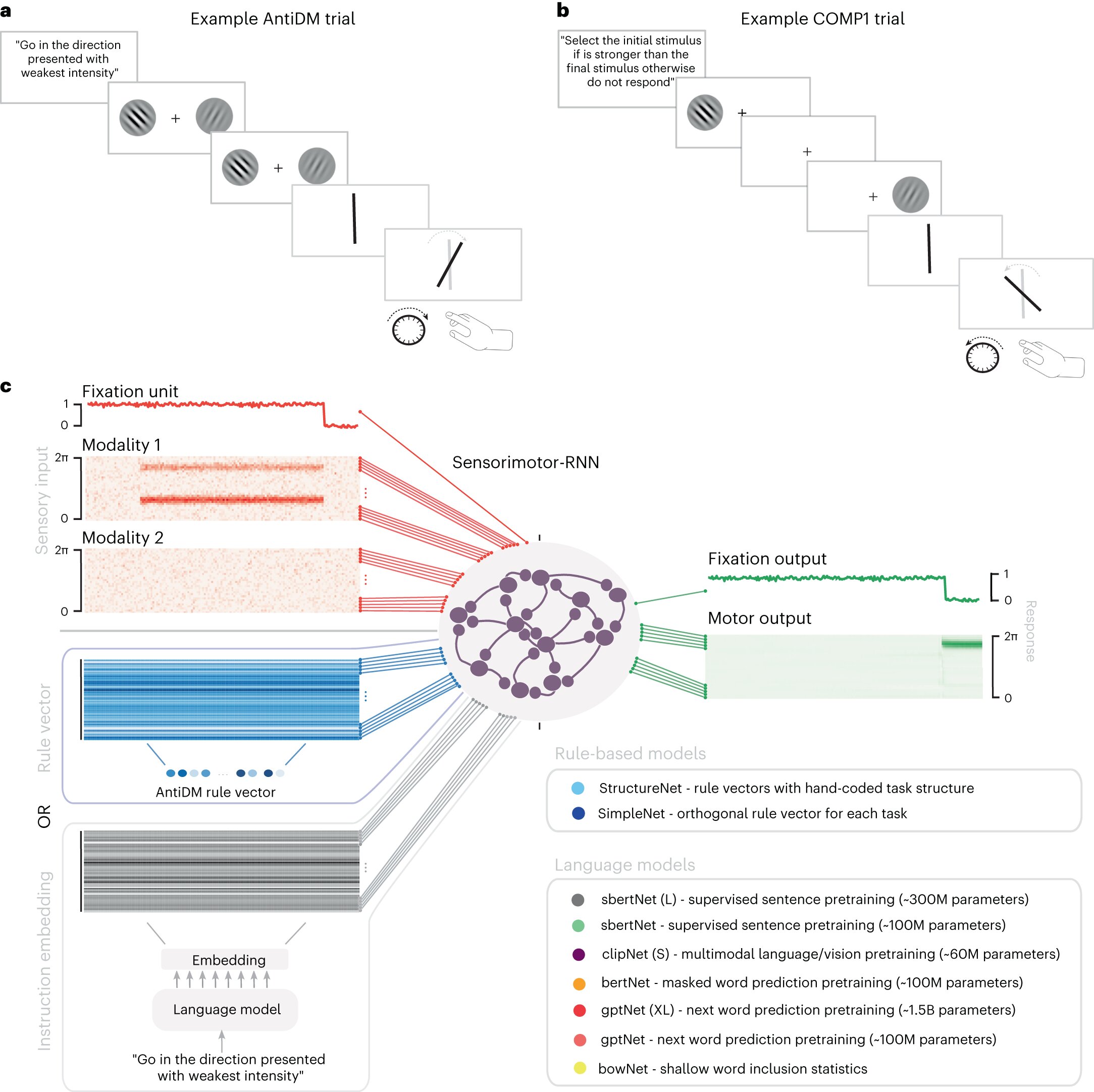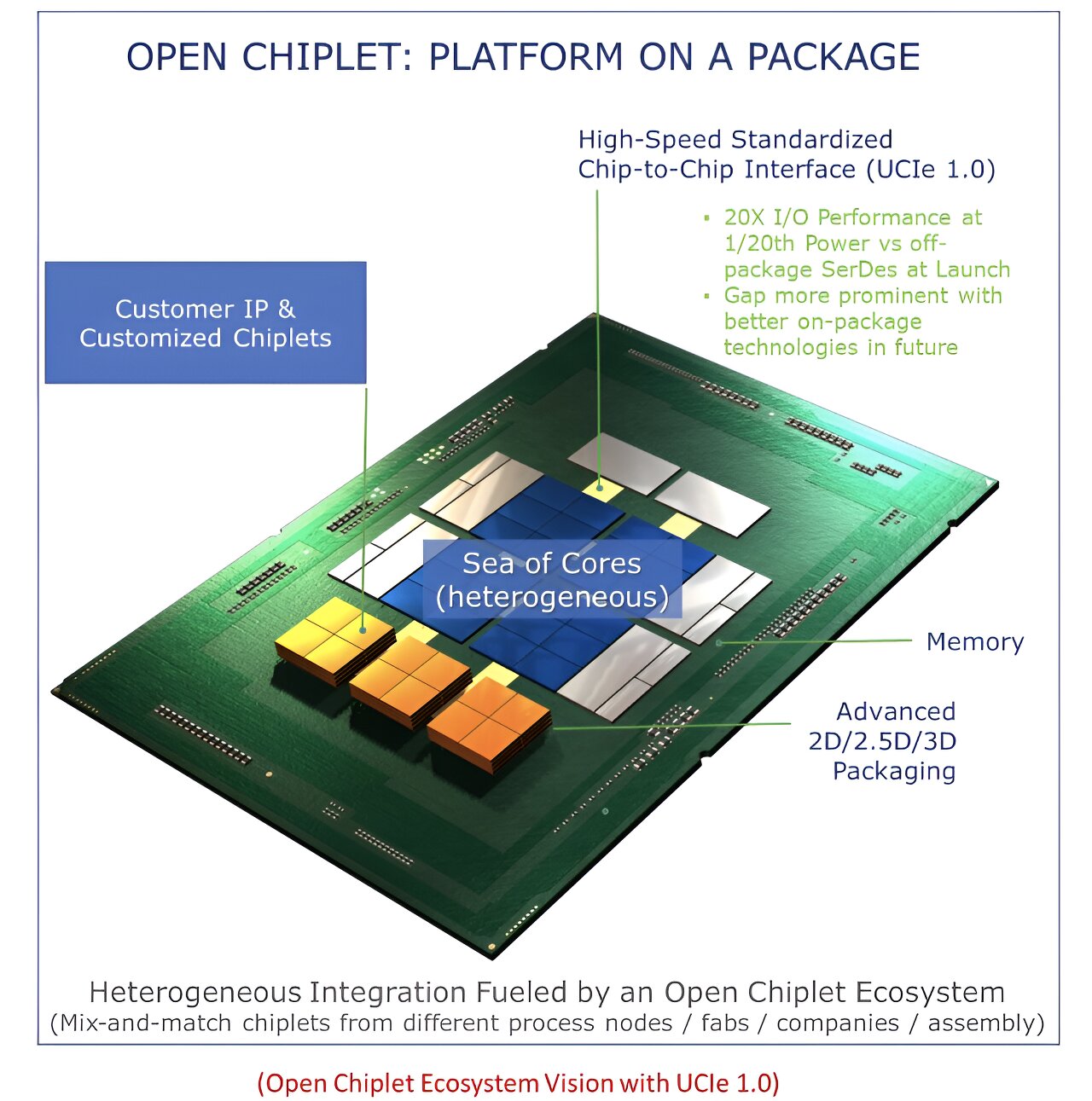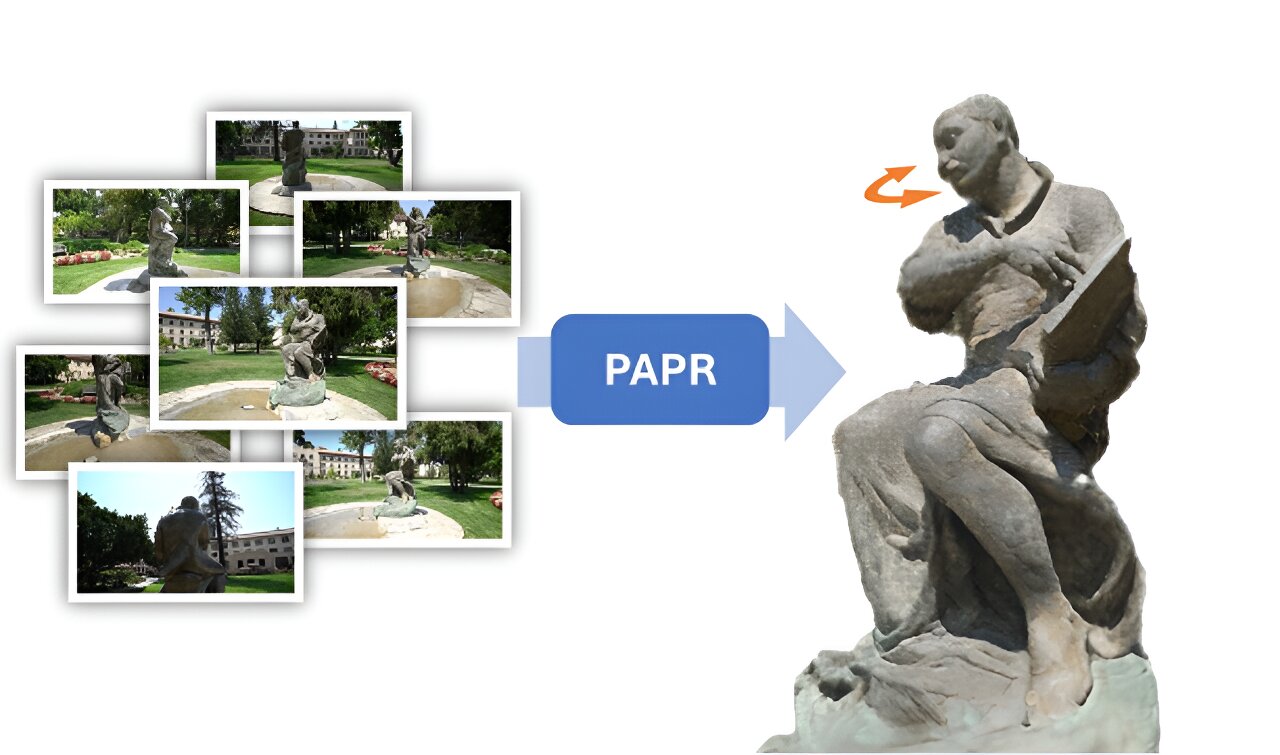
In a new Nature study, Columbia Engineering researchers have built a photonic chip that is able to produce high-quality, ultra-low-noise microwave signals using only a single laser. The compact device—a chip so small, it could fit on a sharp pencil point—results in the lowest microwave noise ever observed in an integrated photonics platform.
The achievement provides a promising pathway towards small-footprint ultra-low-noise microwave generation for applications such as high-speed communication, atomic clocks, and autonomous vehicles.
...Read More








Recent Comments